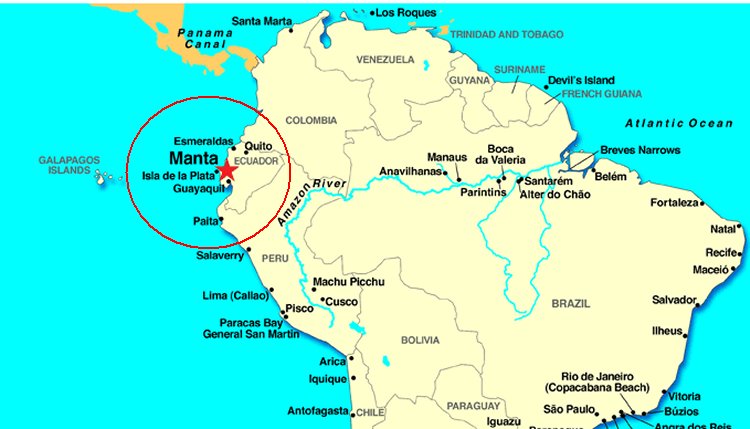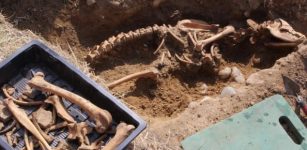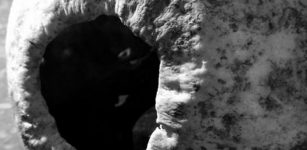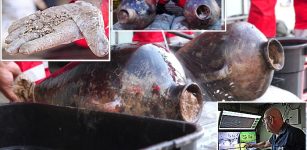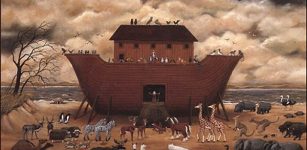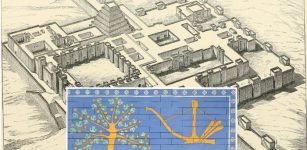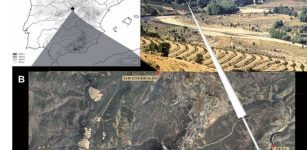Remains Of 5,500-Year-Old Culture Discovered In Manta, Ecuador By Russian Archeologists
MessageToEagle.com – Archaeologists from the Far Eastern Federal University, Vladivostok, Russia have discovered unique archaeological remains of the Valdivia Culture, one of the oldest settled cultures recorded in the Americas.
These are traces of an ancient culture dating back some 5,500 years, expedition head Alexander Popov said.
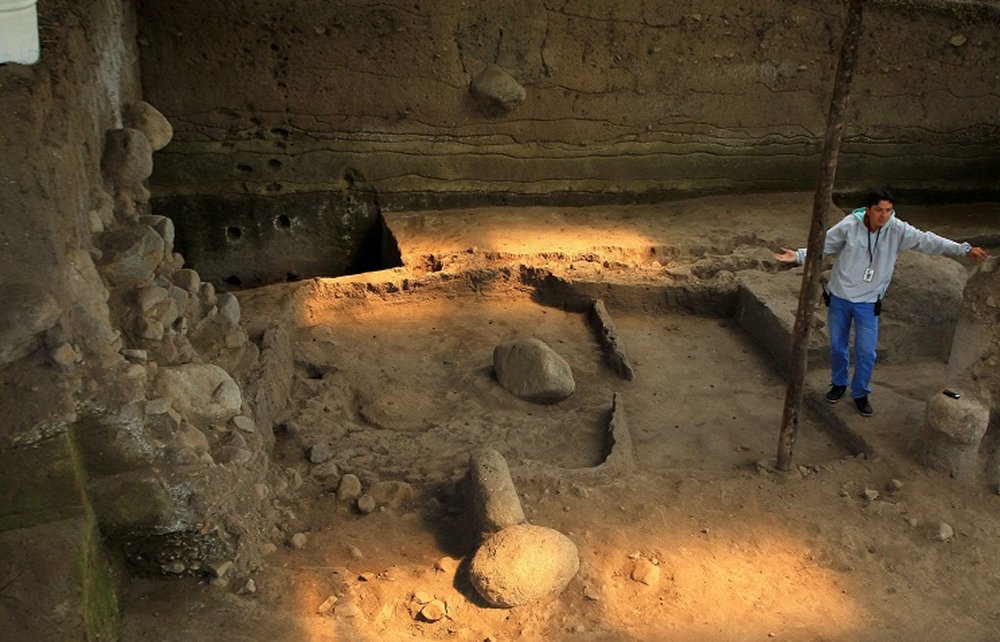
Valdivia Culture emerged from the earlier Las Vegas culture and thrived on the Santa Elena peninsula near the modern-day town of Valdivia, Ecuador between 3500 BC and 1800 BC.
A group of experts from Moscow, Novosibirsk in Siberia and Vladivostok in the Far East have been studied the historical monuments of Real Alto for the last 3 years and their purpose is to compare ancient cultures on different sides of the Pacific.
Excavations in Ecuador brought a lot of artifacts – pottery shards addition, elements of tools, utensils, food residues – mollusk shells and animal bones.
Among diverse artifacts, there are several traditional clay figurines that supposedly represented the spirits of ancestors and were buried with the dead.
Russian archaeologists also study two burials discovered recently and analyze the origin of ceramics on the Pacific, according to Popov.
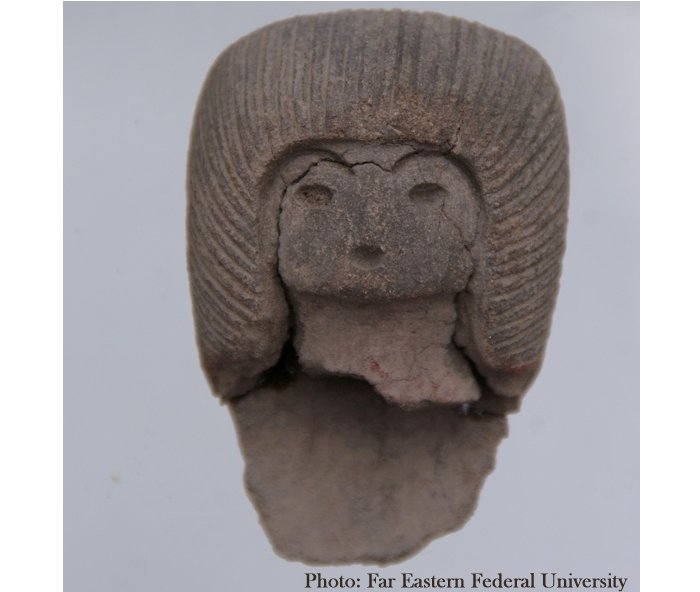
“Research aims to establish connections between ways of mankind’s adaptation to a changing environment in different parts of the world,” Popov said.
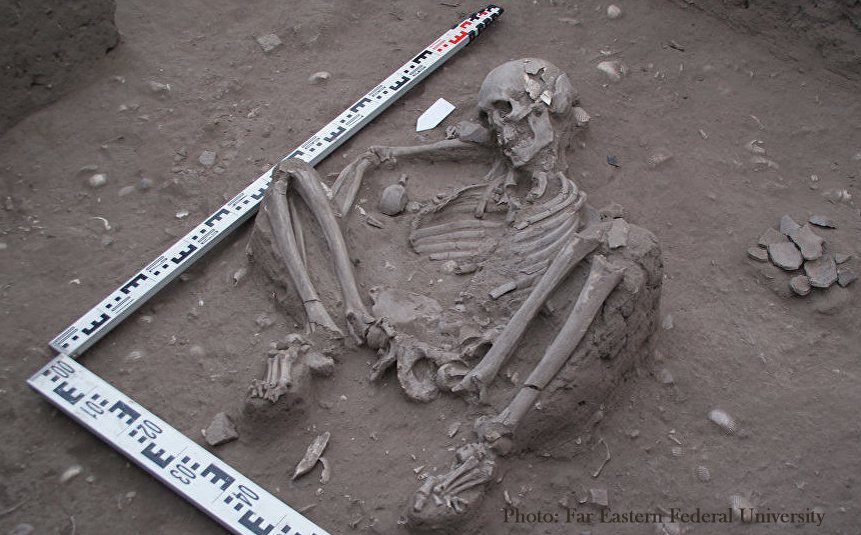
“We see that people invented ceramics approximately in the same period of time and added that such comparative analysis has never been conducted, which makes our experiment unique,” he said.

The Valdivians cultivated maize, kidney beans, squash, cassava, chili peppers and cotton plants, the latter of which was used to make clothing.
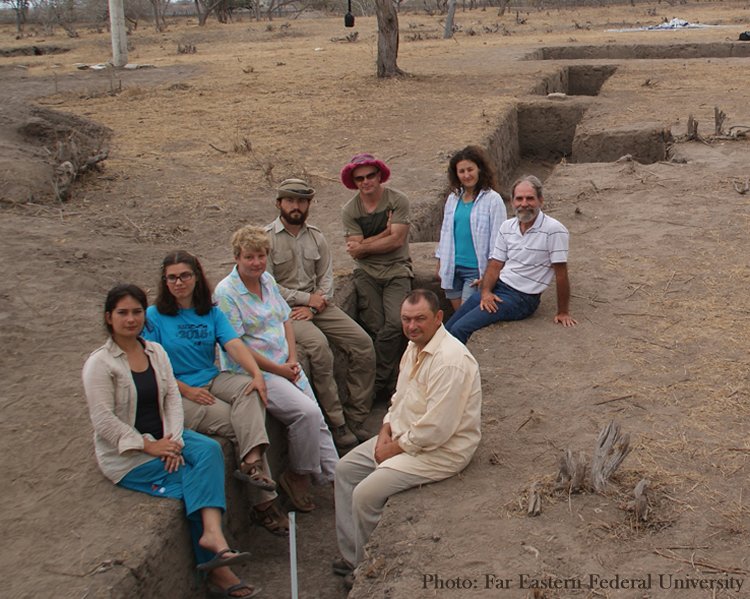
At the beginning, their pottery was rough and practical, but it became splendid, delicate and large over time. They generally used red and gray colors; and the polished dark red pottery is characteristic of the Valdivia period.
In their ceramics and stone works, the Valdivia culture shows a progression from the most simple to much more complicated works.
MessageToEagle.com
source:

